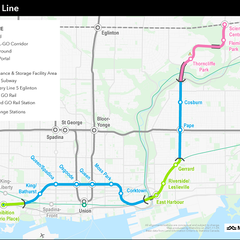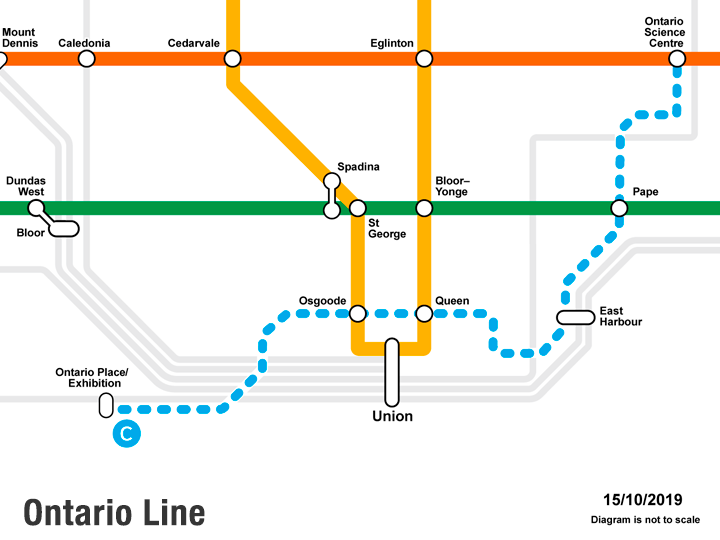rbt
Senior Member
Metrolinx and other teams are working on an incredibly tight deadline for a project at this scale to be completed by 2027.
It's not 2027 anymore.
The North section tenders in 2022, closes ~2024, design through about mid-2025; that Pape Station interchange will take quite a bit more than 2 years to tunnel, excavate, and construct. 2030 is likely the earliest with 2032 seeming far more practical (based on Crosstown progress and probably 120+ subway outages for Ontario Line construction; 40 at each interchange station).
Also, you don't get trains on the south section (Exhibition to Don River) until Pape is mostly finished due to the yard connection.
Last edited:









